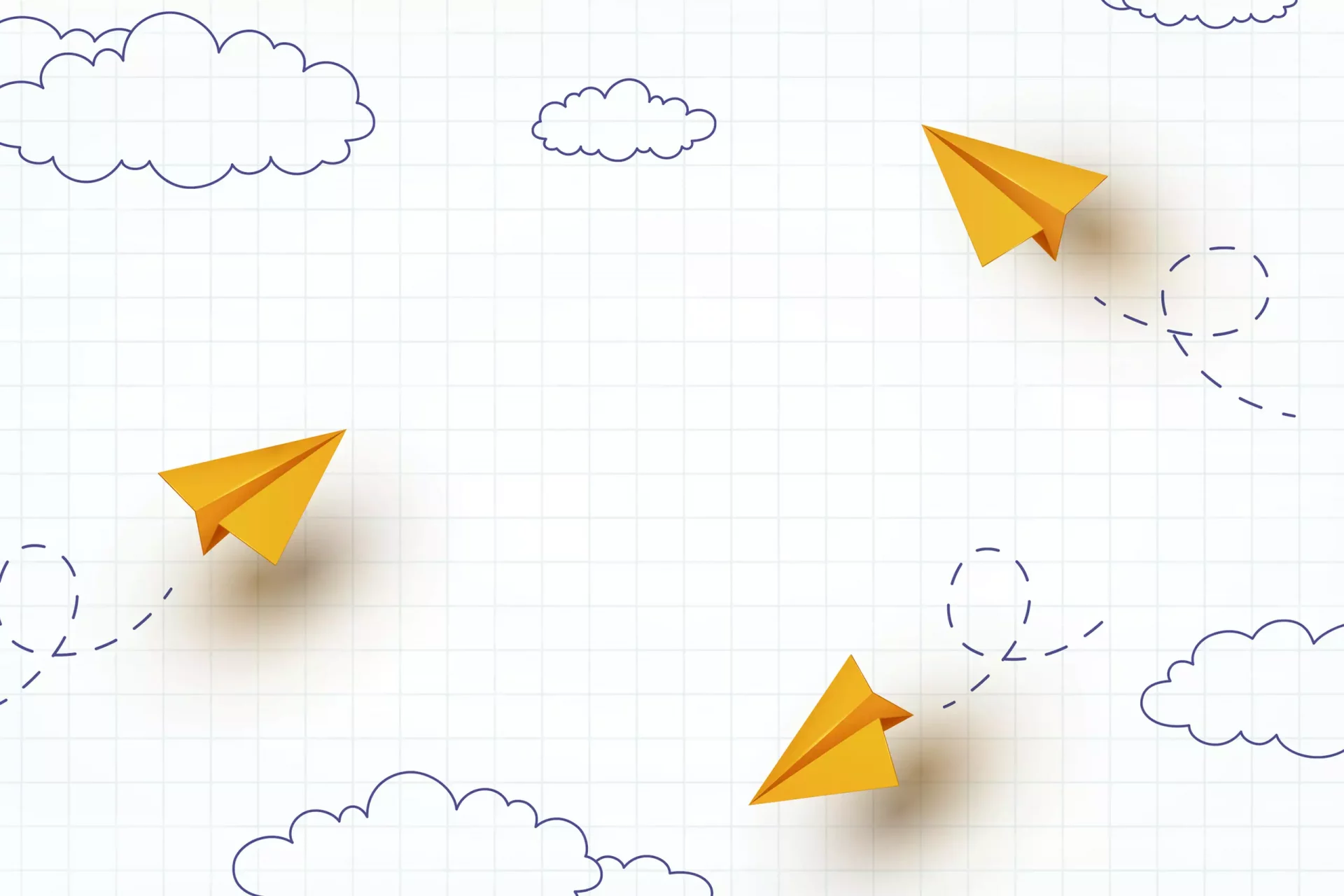Introduction to Dictation
Dictation is a method of conveying speech or information through writing. This process involves an individual speaking aloud while another person or device transcribes the speech into text. It has various practical applications across different fields, from education to professional settings.
The Historical Context of Dictation
The concept of dictation dates back centuries. Historically, scribes would transcribe important documents by listening to their patrons. As technology evolved, so did the methods of dictation, moving from paper and pen to digital devices that can capture voice and convert it into text with advanced speech recognition systems.
Types of Dictation
- Manual Dictation: Traditional form where one person speaks and another writes down the words. It’s commonly seen in office settings.
- Digital Dictation: Involves using software or applications to convert spoken words into text automatically. Examples include Google Docs Voice Typing and Dragon NaturallySpeaking.
- Remote Dictation: Utilizes modern conferencing tools that allow users to dictate to a transcription service remotely, streamlining workflows for actors, journalists, and writers.
Benefits of Dictation
Using dictation offers numerous advantages in both personal and professional realms. Some of the key benefits include:
- Increased Efficiency: Dictation can be faster than typing, especially for those who are not proficient typists.
- Accessibility: It provides an alternative for individuals with physical disabilities, allowing them to create written content without the need to type.
- Enhanced Focus: Speaking can enable individuals to focus on their ideas rather than getting distracted by the mechanics of typing.
Practical Examples of Dictation in Action
Dictation is prevalent in various sectors. Here are some tangible examples:
- Healthcare: Physicians often use dictation to record patient notes quickly and efficiently. Medical transcriptionists then convert these voice recordings into written records.
- Education: Teachers can use dictation to create lesson plans or record lectures. This method allows them to concentrate on their thoughts without the hindrance of typing.
- Business: Executives use dictation to create memos, emails, and reports on the go, turning their smartphones into powerful tools for communication.
Case Study: The Impact of Dictation in Healthcare
One notable case study involved a large hospital network that implemented digital dictation technology across its facilities. Initially, doctors were resistant to change from traditional methods. However, after a training period and the introduction of reliable dictation software, the hospital noted:
- Document completion time decreased by 40%.
- Patient documentation errors dropped by 25% due to improved accuracy.
- Overall physician satisfaction increased as their workload became more manageable.
This transition not only enhanced the efficiency of medical documentation but also significantly improved patient care through timely records.
Statistics on Dictation Usage
Several studies provide insights into the usage and effectiveness of dictation technology:
- According to a report by the American Medical Association, over 70% of medical professionals utilize dictation tools in their daily workflows.
- A survey conducted by Microsoft found that 64% of business professionals believe that voice recognition technology has boosted their productivity.
- Market research firm Statista predicts that the speech recognition market will exceed $27 billion by 2026, driven by increased adoption in various sectors.
Challenges of Using Dictation
Despite its many advantages, dictation is not without challenges. Some common issues include:
- Background Noise: In noisy environments, dictation accuracy can suffer, resulting in transcription errors.
- Accents and Dialects: Certain speech recognition systems may struggle to accurately interpret different accents or dialects.
- Learning Curve: Users may require time to adapt to new software, and some individuals may feel uncomfortable speaking in a professional setting.
Conclusion
Dictation is a powerful tool for effective communication and documentation across diverse fields. From healthcare to education and business settings, its benefits are clear. However, addressing the challenges that come with it will ensure that dictation remains a reliable and efficient method of transcription in our increasingly digital world.





